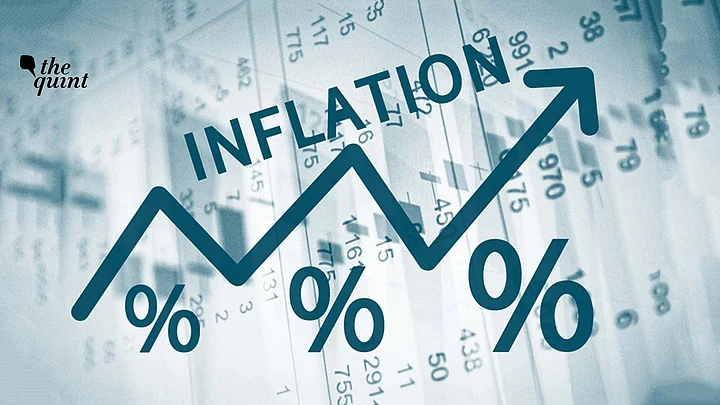A six-member Monetary Policy Committee (MPC) of the Reserve Bank of India (RBI) announced that it would raise the repurchase rate or repo rate by 50 basis points (bps) on Friday, 30 September. This means that the repo rate now stands at 5.9 percent. It was previously at 5.40 percent.
The key lending rate set by the central bank is the highest it has been in three years.
How does this decision affect borrowers and investors? Why did the RBI see a need to increase the rates in the first place? What could have possibly informed this move? Here's what you need to know:
How many times has the RBI hiked repo rates in 2022?
This is the fourth time in financial year FY 2022-23 that the central bank has increased lending rates. While the RBI had raised the repo rate by 40 basis points in May, it was hiked by 50 basis points in June and August as well.
Why is the repo rate being increased?
Repo rate is the interest rate at which central banks lend money to commercial banks which are low on funds, so that they can meet the minimum reserve requirements. Central banks of countries use it as a means to manage inflation or deflation. A hike in repo rate means that the cost of borrowing for banks goes up, this cost is kicked down to customers who are then likely to be disincentivised to make investments, spend on credit, or avail home loans, gold loans, EMIs, etc.
With the world economy being gripped by inflation, monetary authorities are aggressively increasing policy interest rates.
As per the Reserve Bank of India Act, 1934, the central government is required to consult with the RBI and set an inflation target once every five years. In August, India recorded a retail inflation rate of 7 percent while Deutsch Bank estimated the country’s retail inflation rate to go up another 0.4 percent in September, as per Reuters. Regardless, both percentages surpass India’s inflation target of 6 percent, 2 percent of which is supposed to serve as error margins.
Was the RBI’s decision expected? What may have prompted it?
In its third straight increase since June, US Federal Reserve on 23 September hiked the policy interest rate by 75 basis points, signalling that other countries too may have to continue grappling with inflation. Even before the MPC was to meet and announce its decision, the repo rate being hiked by another 35-50 basis points was seen as unavoidable, ANI quoted industry body Assocham’s president Sumant Sinha as saying.
Is India headed towards stagflation?
According to a Mint report, the Indian economy could witness stagflation by the end of the next fiscal year brought on by stagnant growth, high unemployment, and persistent inflation.
What has been RBI’s stance in tackling inflation?
The central bank’s strategy for controlling inflation and ensuring monetary stability has changed since its meeting in May, where it had sought to boost the economy by increasing money supply. However, in its June meeting, the MPC ditched its accomodative stance and opted for a hawkish position – RBI Governor Shaktikanta Das pledged to do “whatever it takes” to keep inflation low, according to Business Standard.
(With inputs from Business Standard, Mint, Reuters, and ANI.)
